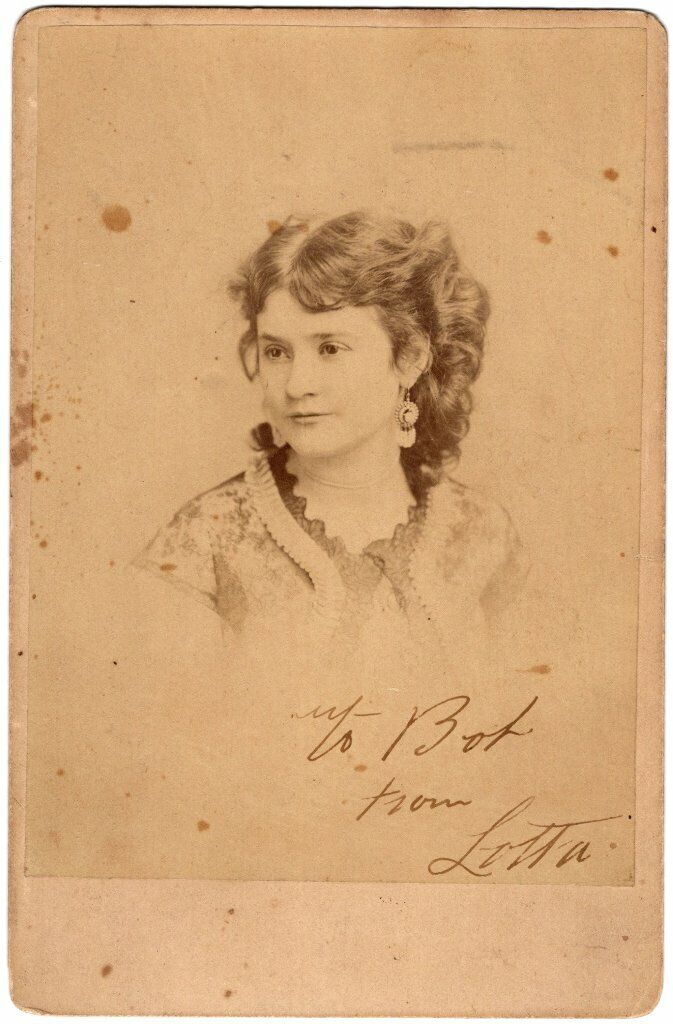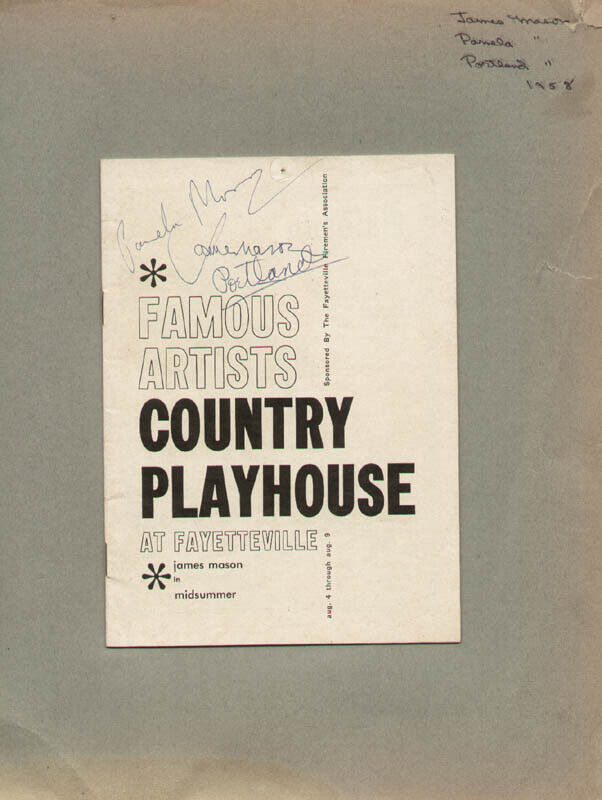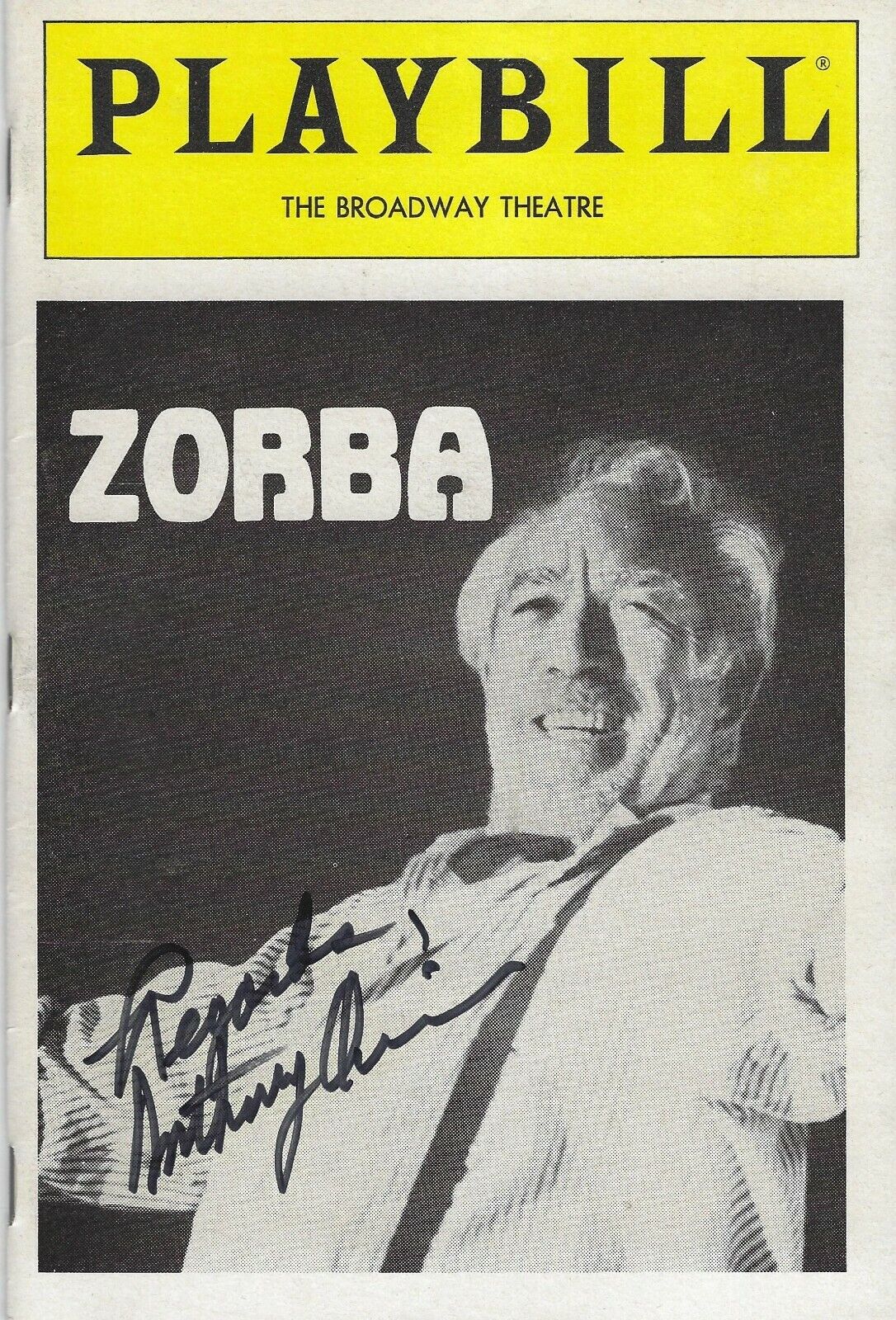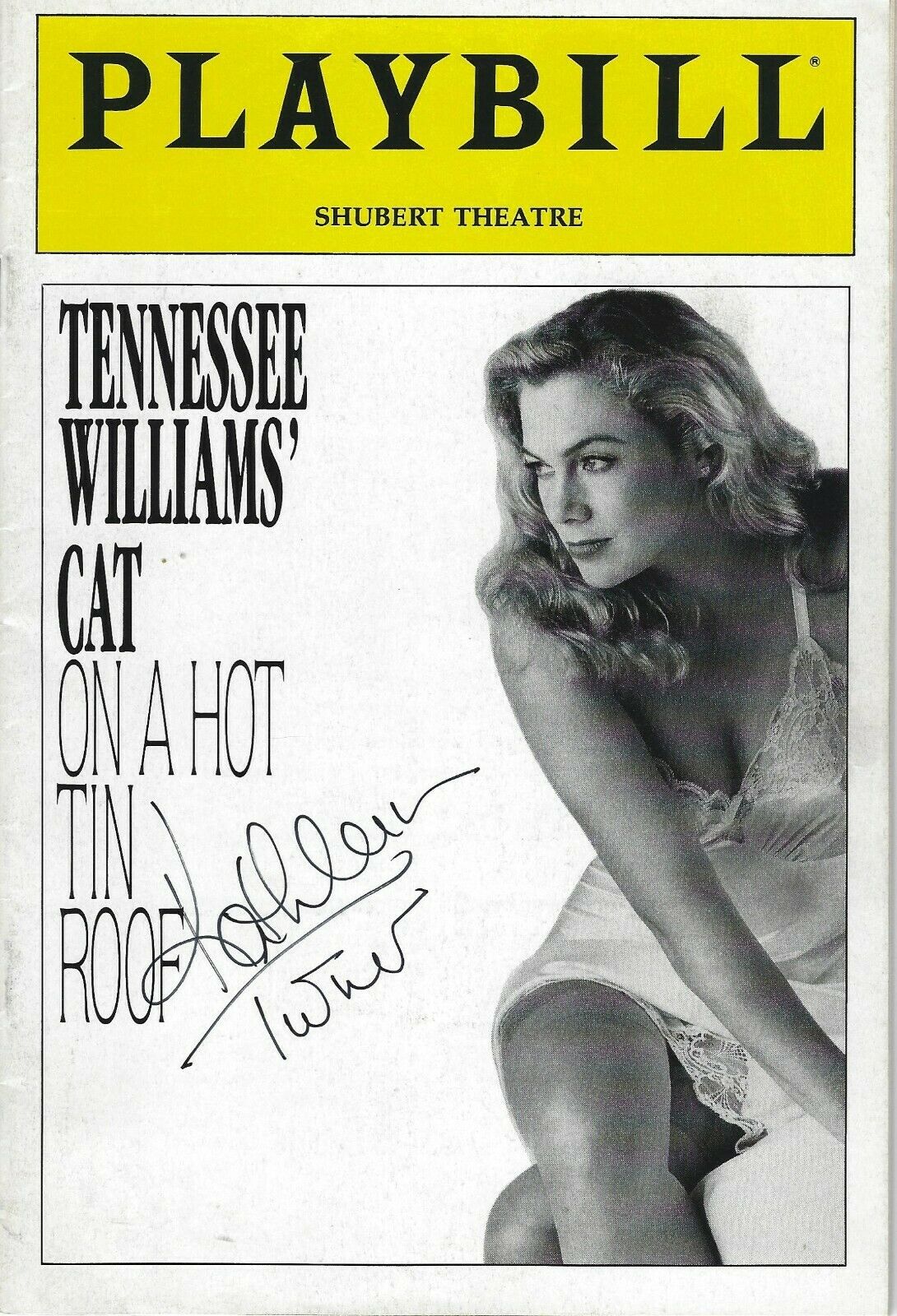-40%
*LEGENDARY GOLD RUSH ACTRESS LOTTA CRABTREE RARE 1870 AUTOGRAPHED CABINET PHOTO*
$ 263.99
- Description
- Size Guide
Description
She was the darling of Gold Rush California, a protege of Lola Montez, and as an adult became America's finest 19th century comedienne, famed for her charismatic vivaciousness and her risque for the time double entendres. A rare original boldly inscribed and autographed J. F. Ryder cabinet photo circa 1870 of the amazing Lotta Crabtree. Light spotting otherwise good. See Lotta Crabtree's extraordinary biography below.Shipping discounts for multiple purchases. Credit cards accepted with Paypal. Inquiries always welcome. Please visit my other eBay items for more early theatre and historical autographs, photographs and programs and great singer, actor and actress cabinet photos and CDV's.
From Wikipedia:
Lotta Mignon Crabtree (November 7, 1847 - September 25, 1924) was an Americanactress, entertainer and comedian. She was also a significant philanthropist.
Born Charlotte Mignon Crabtree in New York City to British immigrants, Lotta Crabtree would go on to become one of the wealthiest and most beloved American entertainers of the late 19th century. From her beginnings as a 6-year-old until her retirement at the age of 45, she entertained and was named "The Nation's Darling".
Her father, John Ashworth Crabtree, a book seller, left for San Francisco in 1851 to join those seeking fortune in the California Gold Rush. Lotta and her mother followed two years later, joining John in the boomtown of Grass Valley. While in Grass Valley, the Crabtrees ran a boarding house. Lotta soon attracted the attention of a neighbor, the dancer and actress Lola Montez, who encouraged Lotta's enthusiasm for the performance.
Early life
The Crabtrees moved again and set up another boarding house, this time in Rabbit Creek, forty miles north of Grass Valley. Soon after, Lotta made her first professional appearance at a tavern owned by Matt Taylor. She began touring throughout California, and Nevada, making a name for herself as a dancer, singer, and banjo player in the mining camps. In 1856, the family moved back to San Francisco. By 1859, she had become "Miss Lotta, the San Francisco Favorite".
Lotta's mother served as her manager and collected all of Lotta's earnings in gold, carrying it in a large leather bag. When this became too heavy, it was transferred to a steamer trunk.
Later career
Having made a name in California, in 1863 Lotta left to tour the east coast where she began acting inplays such as The Old Curiosity Shop, Uncle Tom's Cabin and Little Nell and the Marchioness. With her petite size, she became a favorite for her portrayals of children. The late 1860s would see the "Lotta Polka" and "Lotta Gallup" as quite the rage in America. At age 20 she was a national star. By 1875, Lotta was touring the nation with her own theatrical company. Lotta achieved the height of her success in the 1870s and 1880s.
The 1880s saw her perennially as the highest paid actress in America, earning sums of up to ,000 per week. Mary Ann was still managing Lotta's affairs: booking plays, finding locations, and organizing troupes of actors. When the steamer trunk became too heavy, she invested Lotta's earnings in local real estate, race horses and bonds. As well as investing, some of the money was used to support local charities and build fountains Lotta's Fountain, the most famous of these fountains, still stands at the intersection of Market and Kearny Streets in San Francisco, and is the site of meetings every April 18 marking the anniversary of the 1906 San Francisco earthquake.
Lotta traveled abroad with Mary Ann and her brothers, where she learned French, visited museums and began painting. After her tour abroad, Lotta returned to San Francisco where she played at the California Theatre, reprising her role in Little Nell and the Marchioness by John Bowen. Having missed her while she was away, the city responded warmly to her return and treated her like their very own star.[1]
In 1885, Lotta's mother had an 18 room summer cottage built in the Breslin Park section of Mount Arlington on the shores of Lake Hopatcong, New Jersey, which was called Attol Tryst. The house, designed by noted architect Frank Furness, stands today and in recent years has been beautifully restored. Lotta gave parties, drove horses, and pursued her painting.
[edit]Retirement
She was forced to retire as a result of a fall in Wilmington, Delaware in May 1889. After recovering in Lake Hopatcong, she attempted a comeback in 1891 and decided to retire permanently from the stage. She later resisted calls for a farewell tour. At age 45, it was the perfect time to retire - she was the richest actress in America, the theatre was changing and she got out at the top. She made one final appearance in 1915 for "Lotta Crabtree Day" in San Francisco at the Panama-Pacific Exposition.
While Lotta apparently had her share of romance, her travel, lifestyle and mother made a long-term relationship difficult and Lotta never married.
Following retirement, Lotta traveled, painted (including studying at Paris in 1912) and was active in charitable work.
Late in her life, Lotta moved to Massachusetts and was owner of acreage in the southern part of the Squantum section of Quincy, immediately south of Boston, Massachusetts. It is said to have been purchased for the benefit and health of her brother (Ashworth) and for their horses. Most of the land was sold as house lots in the 1930s and '40s. Children who walked to school through Lotta's land in those days often passed by two small markers of local granite set into the ground, engraved "Ruby Royal" and "Sonoma Girl" - two of the Crabtrees' horses. Local street names include Ashworth Road, Livesey Road, Sonoma Road, and the shoreline Crabtree Road. Ashworth was a family surname, as was Livesey. A large cylindrical stone tower constructed nearby likely had a farm-related storage purpose. Further information may be available through the Quincy (Massachusetts) Historical Society.
Lotta spent the last 15 years of her life at the Brewster Hotel which she had purchased in Boston. She died September 25, 1924 at age 76. In her obituary, The New York Times called her the "eternal child". She was described by critics as mischievous, unpredictable, impulsive, rattlebrained, teasing, piquant, rollicking, cheerful and devilish. Lotta Crabtree was interred at the Woodlawn Cemetery in Bronx, NY.
Lotta left an estate of some million in a charitable trust for such causes as veterans, aging actors and animals. The estate ran into complications when a number of people unsuccessfully contested the will. The trust still exists today.











